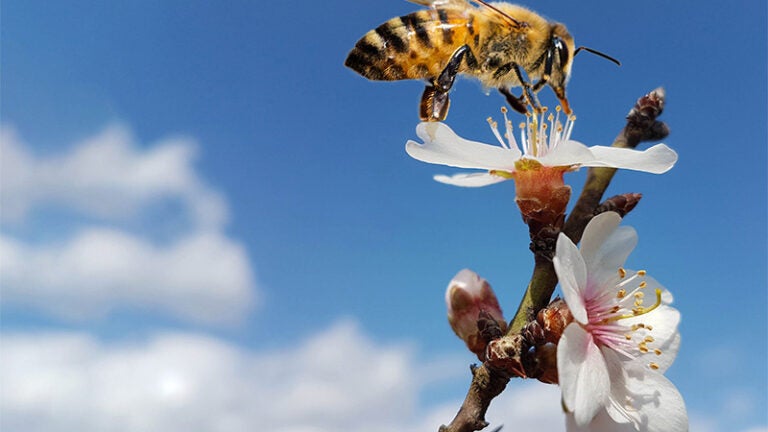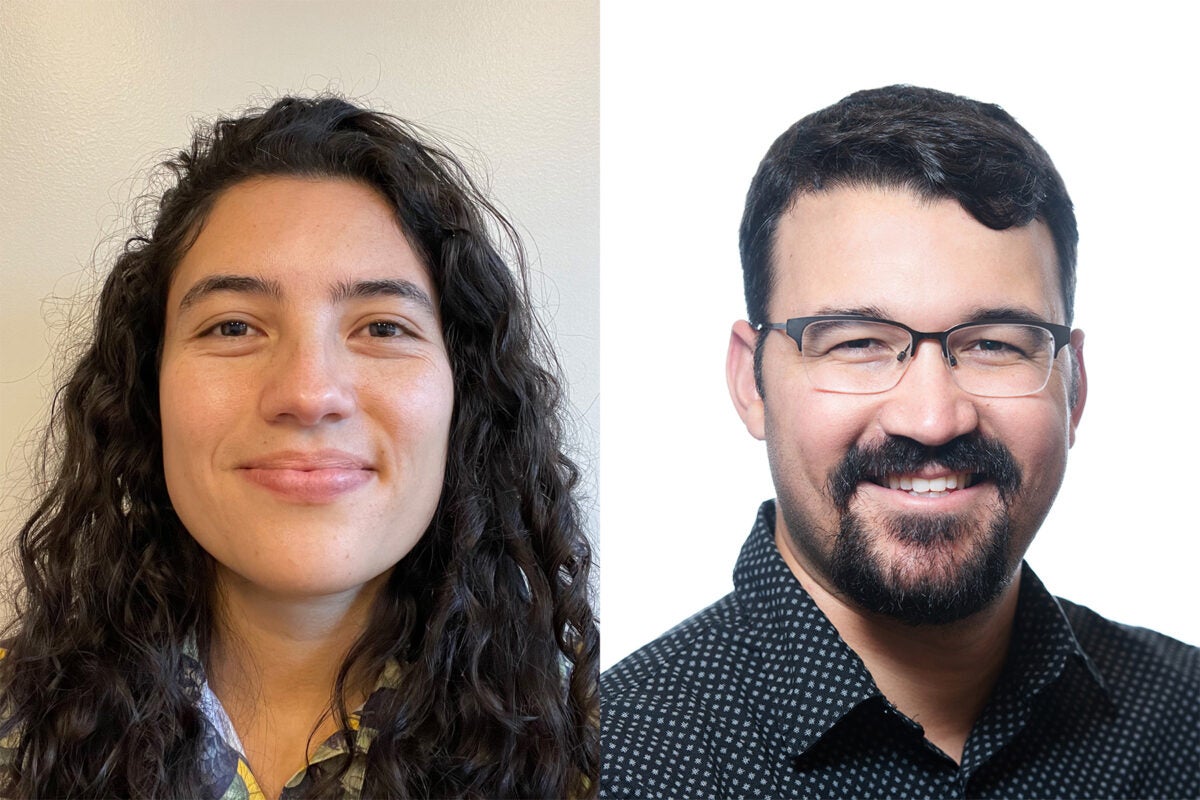
How artificial intelligence helps 2 environmental scientists unlock the natural world’s mysteries
Machine learning is a very specific form of artificial intelligence. Through algorithms designed to learn from experience, machine learning — also known as ML — adapts and grows in efficiency over time as more data is added. The ML-driven program “learns” from its mistakes, and in doing so can reduce the time it takes to analyze mountains of data from years to minutes.

Melissa Guzman and Sam Silva are using machine learning to find insights into patterns underlying the natural world. (Photos: Courtesy of Melissa Guzman and Sam Silva.)
Two recently hired faculty members, Melissa Guzman, Gabilan Assistant Professor of Biological Sciences, and Sam Silva, assistant professor of Earth sciences, both at at the USC Dornsife College of Letters, Arts and Sciences, are already garnering attention for their usage of machine learning to find insights into the seemingly unknowable — the patterns underlying the natural world.
Guzman is looking for trends in migratory patterns of bees, among our most important pollinators, as well as their community makeup.
Silva is studying the chemical makeup of clouds. Recently named recipients of the Faculty Innovation Award from USC Dornsife’s Wrigley Institute for Environmental Studies, both are using their expertise to develop solutions to environmental challenges.
Climate change disrupts bees’ migratory patterns, community formation
California is home to the most diverse and largest population of bees in all of North America. However, as their numbers have dipped in the past decade, identifying and protecting safe and sustainable bee sanctuaries has taken on an increased importance. But finding where they are most likely to flourish is a bigger challenge than you might think, according to Guzman. So, she uses machine learning tools to speed up the data cleaning process and to isolate and correct incorrect data points from different sources.
“Bumblebees are a very different type of bee — they’re big, they’re fussy, they’re hairy — and they generally love more temperate areas,” Guzman says. “We want to use life history traits to understand which of the species are benefitting the most from things like climate change, and which are being hindered the most. One of the things we’ve been finding in the case of the bumblebees is that not every species is declining.”
AI and science: Toward more accurate, faster climate models
Los Angeles’ air is legendary, if for all the wrong reasons. For Silva, it’s perfect for his research: the analysis of the atmosphere’s chemical composition.
Silva describes clouds as “some of the largest uncertainties in our understanding of the physical climate” due to their complex mixture of physics (wind velocity and direction) and chemistry (various molecules mixing in the atmosphere). Understanding their behavior is important because of the role they play in reflecting sunlight back into space and global hydrological cycles. Correctly measuring their location, brightness and duration is essential to properly understand and predict their behavior.
“The chemical composition of clouds and Earth’s atmosphere matters in nearly every facet of air quality and climate change,” says Silva, who holds a joint appointment at the USC Viterbi School of Engineering. “We leverage machine learning to help us sift through the data that we have — which is sometimes an enormous amount of partially relevant data — and figure out what’s going on with regard to these areas.”
And what he learns in L.A. will unfortunately take on greater relevance as the conditions of other cities begin to mimic those in Southern California.
“Most cities have high populations, a lot of cars and they’re not super walkable,” he says. “The chemistry that we learn about in Los Angeles is transferable to many other locations. What happens here is relevant to human health and air quality.”